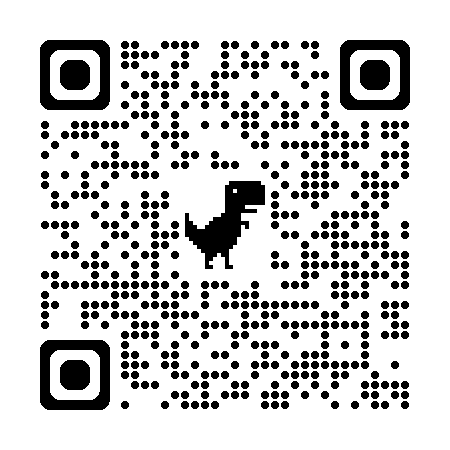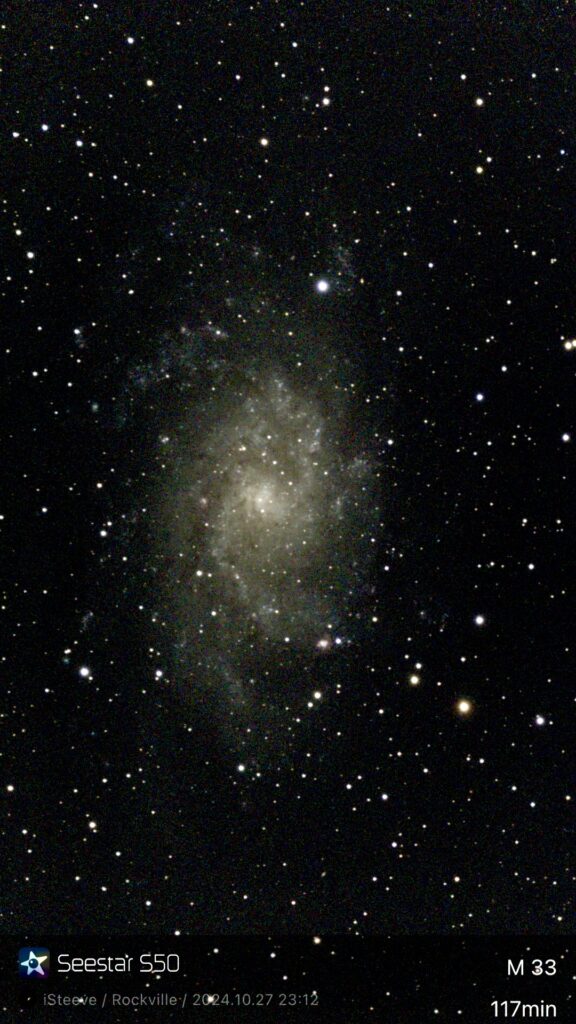🔭 What Is the Very Small Array?
The Very Small Array (VSA) is a grassroots, community-driven astrophotography initiative that brings together amateur astronomers using smart telescopes. Started by astronomy clubs in Florida, the VSA is now expanding nationally—inviting groups like the Howard Astronomical League (HAL) to join.
“It’s about observing together—even when apart.”
By pooling data from dozens of modest smart scopes, VSA participants can collectively image deep-sky objects with clarity and depth that rivals long solo imaging sessions or even semi-professional rigs.
🌠 Origins and Mission
Founded by members of:
Alachua Astronomy Club (Gainesville, FL)
St. Petersburg Astronomy Club
The VSA was created to:
Encourage collaboration between clubs
Make astrophotography more accessible with smart scopes
Transform a solitary hobby into a shared experience
🧪 How It Works
Each month, VSA members select shared deep-sky targets. Then:
Participants image those targets from their own locations
Each person typically contributes 1.5–2 hours of data
All data is uploaded to a shared cloud repository
Final images are stacked, processed, and shared—often with incredible results
The cloud server is hosted by the University of Florida, which generously provides unlimited storage for this citizen-science-style collaboration.
🔧 What Equipment Can You Use?
Any smart telescope that captures stacked image frames works, including:
Seestar S50
Dwarf II / III (DwarfLab)
ZWO S30 Pro (preview unit donated by ZWO)
Vaonis Stellina / Vespera
These devices are easy to operate, ideal for beginners, and well-suited to multi-user data pooling.
📸 Recent Imaging Successes
Here are just a few highlights from VSA campaigns:
Thor’s Helmet Nebula (NGC 2359)
14 contributors
~5,400 frames = 15 hours of data
Detailed outer nebulosity revealed
Jellyfish Nebula (IC 443)
2 Dwarf III telescopes
6,600+ frames, ~18.5 hours total
Excellent faint structures captured
Additional Targets:
Needle Galaxy (NGC 4565)
Markarian’s Chain
NGC 2903
Flying Bat + Squid Nebula (SH2-129 + Ou4)
“What one person might capture in 90 minutes becomes a 15-hour composite.”
📡 Communication and Uploads
The VSA community operates on:
Discord – Project planning, uploads, support
Facebook Group – Announcements and community sharing
Cloud Drive – Unlimited UF-hosted repository
Upload Instructions:
Create a folder labeled with your name, scope, and target
Include:
Raw frames (e.g., FITS or TIFF)
Optional: Processed stacks for less experienced users
Data is organized into:
A raw data pool for advanced processing
A master folder of final images and stacks
🧠 Why It’s Educational and Social
This is an ideal gateway for:
Beginners in astrophotography
Families and youth outreach programs
Experienced imagers who want more signal
Anyone looking to be part of something bigger
Skills Gained:
Image stacking theory
Understanding integration time
Seeing how collaboration boosts detail and SNR
Light pollution mitigation through data combination
🤝 Sponsors and Partnerships
ZWO: Provided a Seestar S30 Pro for testing
DwarfLab: Donated a Dwarf III unit and offered cloud funding
University of Florida: Hosting the shared data cloud
🧭 What’s Next for VSA?
The project is growing. Upcoming features include:
A dedicated website with image galleries and onboarding
New monthly imaging targets
Cross-club campaigns and national participation
In-person VSA collaborations at major star parties
Future citizen science integrations (e.g., supernova hunting)
🚀 How HAL Members Can Join
If you have a Seestar, Dwarf, Stellina, or similar device, you’re already ready.
Here’s how to get started:
Join the Discord server (QR code shared at HAL meetings)
Check the monthly target
Capture ~1.5 hours of data
Upload your frames
Enjoy or process the final image
“We’re not building a telescope. We’re building a movement.”
Join Up:


